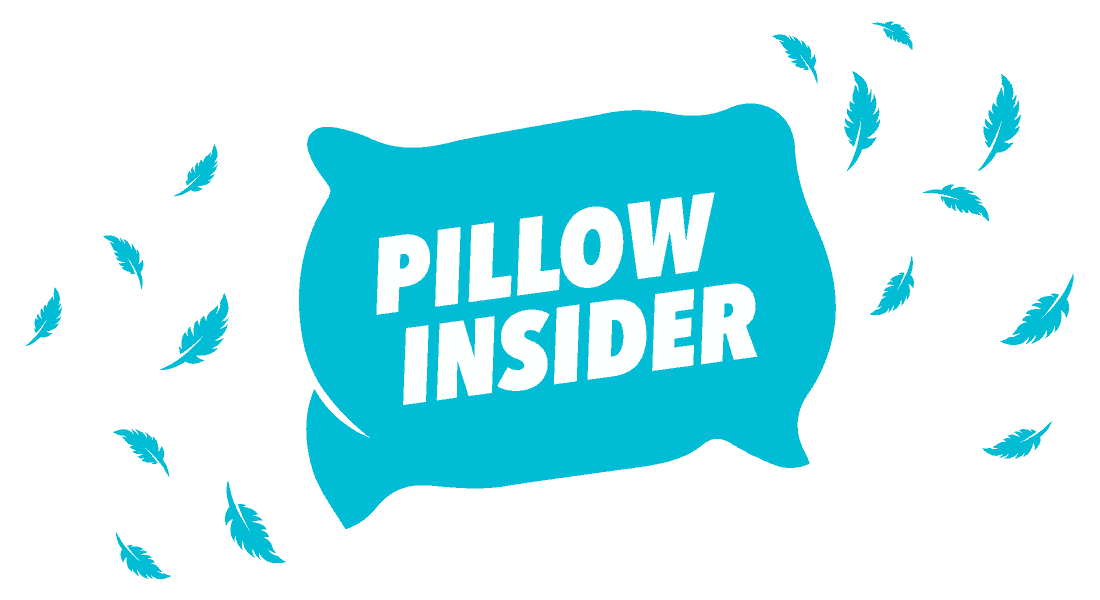When picking out pillows, we usually gravitate towards focusing on comfort, or if they’re decorative, how they match our homes, but there’s a lot more that you can consider to make your pillows work for you. Pillow waterproofing is an easy way to increase pillow longevity or turn indoor cushions into weather-proof outdoor cushions. Even if you’re just a hot sleeper, knowing how to waterproof pillows is the home hack you didn’t know you needed.
Imagine having to buy new pillows every time you want to comfortably spend time on your balcony or patio, or after experiencing night sweats. A total waste of money and energy. Fortunately, there are cost-effective ways to make your pillows resistant to perspiration and weather, so we will walk you through the entire process. It doesn’t require any special technique or method; the key is regular maintenance both for indoor and outdoor use.
How to Tell if Your Pillow is Waterproof?
There’s a simple test you can do to see if your pillows are already waterproof that don’t involve leaving them in the rain. Put a few drops of water on your pillow and see what happens. If the water beads up and sits on top of the material, then the fabric is already water-resistant. However, if you see the pillow absorbing the water, that means it needs waterproofing. Durable polyester or heavy cotton offer a great waterproofing effect, so these materials are mostly used as protectors.
What Are The Benefits?
Waterproofing outside pillows will keep them looking new for a longer period of time by protecting them from wind, snow, sun or rain. You can even leave them on your patio all winter long, just remember to check that the fabric is intact. Inside, water resistant pillow protectors can keep pillows safe from spilled drinks, sweat or saliva.
Two Main Ways to Waterproof Your Pillows
If you’re ready to learn how to waterproof pillows, the first thing to know is that there are two main ways to do it. You can either use a spray or a cover to protect the entire pillow. Both are efficient in terms of longevity and cleanliness. Whichever one you choose, make sure the pillow is clean before putting on a cover or applying a spray. Any residue or dirt can make waterproofing less effective.
Outdoor Protection – Spray
Spray formula is designed to bond with specific fabric types for longer lasting protection. It creates an invisible and impermeable layer of protection, activated by heat or moisture. The best place to spray your pillows is outside, but if you must do it indoors, choose a well-ventilated area.
When using a spray, first lay down a blanket, tarp or a towel to collect excessive spray. If there are surrounding non-fabric materials in the vicinity, consider using a barrier so the spray doesn’t waterproof or potentially damage other items outside of the spray zone.
Shake the can well before using it, and spray 6-8″ away from the pillow. Evenly distribute the spray across the outer parts of the pillow. For the best effect, apply two coats of spray on both sides, but be careful not to saturate it. Don’t be worried if the fabric appears darker at first until the product settles, the spray doesn’t change the color or texture.
You’ll have to wait a couple of hours for the spray to dry off. Once the pillow is completely dry, you can test it again to see if the water is seeping into the fabric or staying on the surface.
To have consistent protection, you’ll need to reapply the spray seasonally or after cleaning.
Indoor Protection – Pillow Cover
Covers maintain fabric breathability and allow air to flow through, without letting moisture accumulate. If you opt for a removable cover, you can simply wash it and use it again, just make sure you get the right size cover. If you need to bring your outdoor pillows inside and make them indoor pillows, just take off the covers and they’re all set.
While there are a lot of different pillow covers to match anyone’s taste, the biggest benefit is the ability to easily remove and wash covers. In addition to being an impermeable barrier against sweat and moisture, a cover will also keep things like bed bugs, dust mites and lice away from your pillow. Being able to wash your bedding and supplies properly is important when following precautions against pests like those.
Bottom Line
Whether you’re relaxing on your patio, camping or just a hot sleeper, sprays and covers protect your pillows from wear and tear. Pillow waterproofing increases your pillow’s lifespan and versatility. Our simple tips can keep every pillow as good as new.
